Tea Basics 101 – Tea Type or Taste, How Do you Choose?
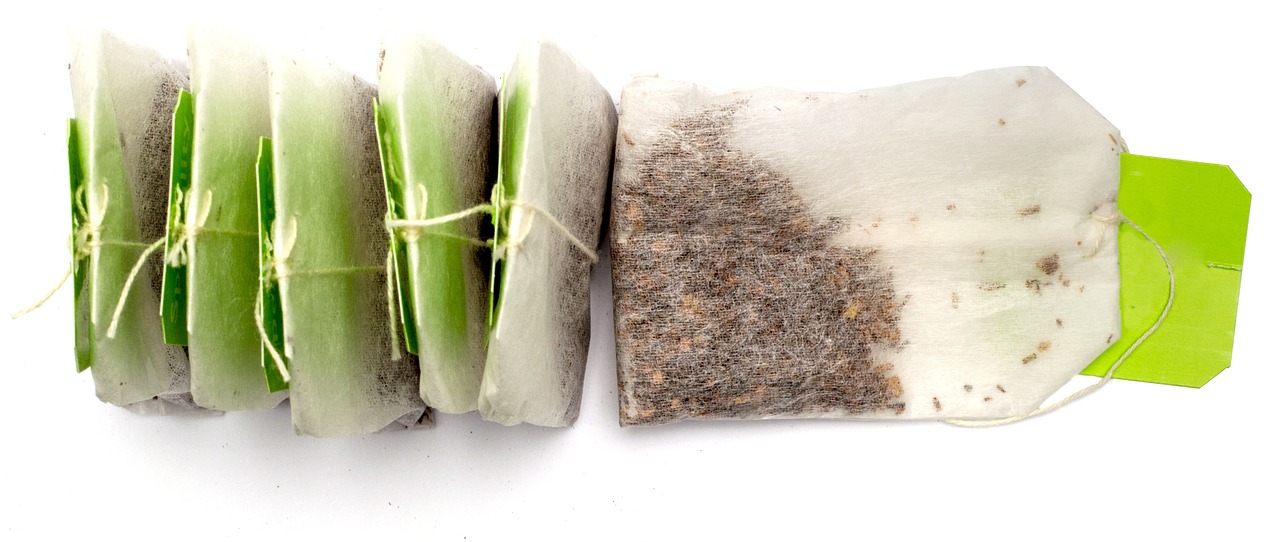
With over 3000 different varieties of tea in the world, how do you choose? Do you choose by the particular type of tea, or do you choose by the taste you like best?
Surprisingly, all tea comes from the same evergreen plant — Thea sinensis, of which two varieties are the most common — Camellia sinensis and Camellia assamica. The type and taste characteristics of each tea are determined by the growing region — climate, soil, and altitude — as well as how the tea is processed.
The first step in any tea production occurs when the tea is harvested or “plucked,” by hand, once the top two leaves and bud have sprouted. The leaves are then spread out on long trays in warm temperatures, to promote moisture loss of about 50%. This is known as withering. The withered leaves are then sometimes rolled, by machine, to help release the leaves’ oils and juices and then they are left out in the open air for several hours. This open air process is known as “fermentation.” It’s not really a “fermenting” process per say — it’s actually an oxidation process that occurs in the tea leaves, whereby the leaves absorb oxygen, which changes their chemistry, and therefore affects both the taste and color of the tea. After the fermentation stage, the leaves are then passed through a dryer to stop the oxidation process. Once thoroughly dried, the tea is then ready to be sorted, and taste-tested.
Based on the methods used in production, tea can be divided into four different types: black, oolong, green and white tea.
Black Tea
Black tea is withered, fully fermented and dried. Black tea least resembles the natural tea leaf. The manufacturing processes and varieties of black tea differ considerably among the various growing regions. Black teas should give a strong, hearty and bright, reddish or amber-colored brew.
- Assam (India) — rich, bold aroma, full-bodied with a strong malty taste, and a clear, dark red brew. It is delicious with a spot of milk.
- Ceylon (Sri Lanka) — very aromatic, golden-amber brew with a rich, full astringent flavor that is sometimes described as “fruity” or “biscuity.” Goes great with a little milk.
- Darjeeling (India) — the rarest and most prestigious of black teas. Its quality is excellent due to the growing climate and altitude. It has a distinct taste for each growing season; First Flush, light and astringent with an amazing aroma and a green muscatel, sometimes “flowery” taste, and Second Flush has a darker, more round, less astringent, and “fruitier” full-bodied flavor. Both provide varying degrees of muscatel and wood flavors, along with a rich, golden-red brew.
- Keemun (China) — has a subtle orchid aroma and a rich, red brew. The flavor is mild with a hint of sweetness, full-bodied, and wine-like.
- Lapsang Souchong (China) — a dark tea with a distinct smoky fragrance and flavor, due to the tea leaves being withered over open fires of pine. Gives a rich, red brew.
- Nilgiri (India) — gives a bright and smooth, well-rounded, “fruity” mellow flavor.
- Yunnan (China) — has a brisk, rich, slightly peppery or “spicy” taste with a pronounced floral aroma. Named the “mocha of tea” it has a red-amber color, and is full-bodied.
Oolong Tea
Oolong tea is withered, partially fermented and dried. Oolongs fall between black and green tea in color and taste, have low caffeine, and give an orangy-brown to dark brown brew. Oolong tea should give a very mellow, delicate and “fruity” flavor. Some varieties give a deliciously “nutty” finish.
- Darjeeling (India) — excellent oolong with a flavor finish of unripened fruit. The brew is pale yellow.
- Formosa (Taiwan) — undergoes a longer fermentation period than other oolongs and therefore is darker in appearance. It has a bright, brownish-amber brew and possesses a delicate, “fruity,” sometimes “nutty” taste and a superb aroma.
- Pouchong (China) — the least fermented oolong, therefore it falls somewhere between green and oolong tea. It’s often used as a base for jasmine tea as well as other scented teas. It has a very mild, smooth, sweet flavor, and gives a pale, orangy-brown brew.
Green Tea
Green tea totally skips the oxidation process. After it’s been withered, if at all, it’s immediately steamed or heated via firing or pan frying to prevent oxidation. It is then rolled and dried. Green tea most resembles the tea leaf in its natural state. Higher grades of green tea have a fuller, more complex flavor, and can usually be steeped more times than the lower grades. Green tea should give a pale, yellowish-green brew, and the taste should be smooth and fresh — very light and delicate.
- Bancha (Japan) — very similar to Sencha but of a lower quality and caffeine content, and a weaker flavor.
- Chun Mee/Precious Eyebrows (China) — gives a smooth taste with a clear, pale yellow brew.
- Genmaicha (Japan) — a medium quality Sencha tea, mixed with toasted rice and popped corn. It gives a light brown, refreshing brew with a slightly “smoky” or “nutty” flavor.
- Gunpowder/Pearl Tea (China) — gives a strong, greeny-coppery brew with a pungent taste.
- Gyokuro (Japan) — is the most refined and expensive of Japanese tea. It has a subtle aroma and a very smooth, sweet, mild taste.
- Lung Ching/Dragon Well (China) — has a delicious aroma and fresh, mellow flavor. The brew is clear yellow with a slightly sweet aftertaste.
- Matcha (Japan) — powdered tea made from Gyokuro leaves, used in traditional Japanese tea ceremonies. The brew has a jade green color and the flavor is very strong — makes excellent iced tea.
- Sencha (Japan) — has a mixture of subtle sweetness, bitterness and fresh green scent. The taste varies in strength according to the season in which it is plucked. The brew is a clear and bright, light green.
White Tea
White tea is unfermented — it goes through the least amount of processing of all the teas. The young tea buds are plucked before they open and receive no oxidation or rolling; they are simply withered and then immediately dried by steaming. The curled up buds have a silvery, white appearance, thus the name. White tea is produced mainly in China (Fujian Province) and Sri Lanka. It is produced in limited quantities and is therefore more expensive than the other three types of tea. It produces subtle flavors in the cup — fresh and mellow with a hint of sweetness and a slight “flowery” taste. The color of the brew should be very pale — straw-colored. White teas are extremely rich in vitamins.
- Yin Zhen/Silver Needle (China) — its flavor is flowery and sweet, and the brew is very pale.
- Pai Mu Tan/White Peony (China) — has a very smooth, velvety flavor with a fresh aroma. The brew is clear and pale.
Once through the production process, and depending on its quality, each variety of tea is then either marketed as a single source tea, or mixed with teas from other countries/regions to form a blend. Many consumers prefer purchasing single source tea from specific estates or plantations, and quite enjoy the slight taste variations that can occur from year to year, due to that tea’s regional climate fluctuations. On the other hand, some retailers of fine tea like to offer their customers tea that always tastes the same, from the first purchase to the fiftieth, so they blend together a number of different teas to ensure a consistent quality and taste from year to year.
Whether choosing your tea by type or by taste, it totally depends on your own personal tastes and preferences. Those who prefer a very light tea that has little caffeine and a mild taste should lean towards purchasing white or oolong tea. Those who enjoy an aromatic, “herby,” yet refreshing tea should purchase green tea, and those who prefer a darker more robust brew should look to purchase black tea.
Nonetheless, once you’ve made your tea type or taste choice, and are ready to purchase, check that the tea leaves smell fresh and are roughly the same size. Never buy tea that looks dull. The leaves should be glossy, and there shouldn’t be any twigs or stalks in the mix. And finally, when brewing your tea, always look for a bright, clear infusion — teas of high quality and taste should never have a dull, muddy brew.
The Author:
Mary E. MacDonald is the owner of The JavaPot, an online tea and coffee shop that offers a premium line of at gourmet whole bean coffee and loose leaf tea, with an emphasis on organic products.
Photo. Jan Mesaros
Source: AB

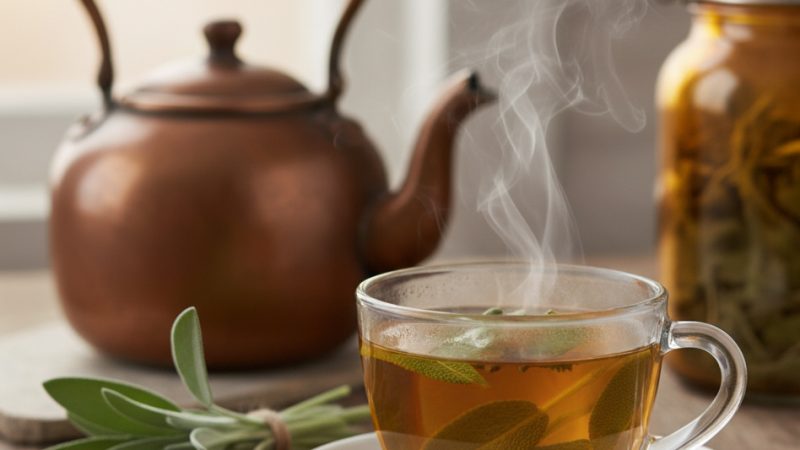
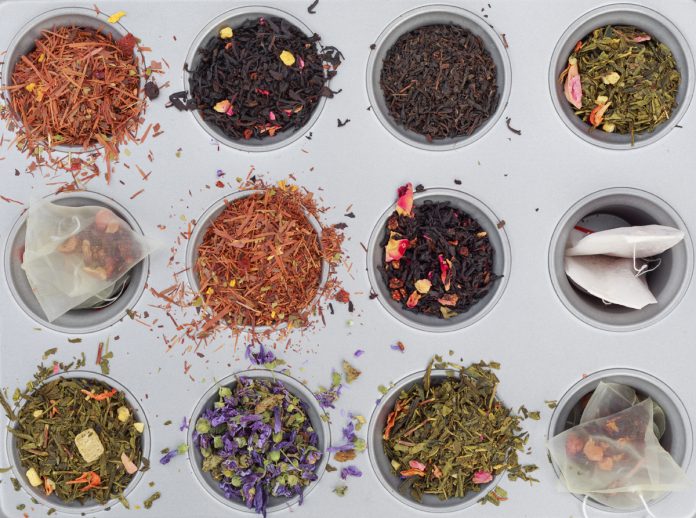
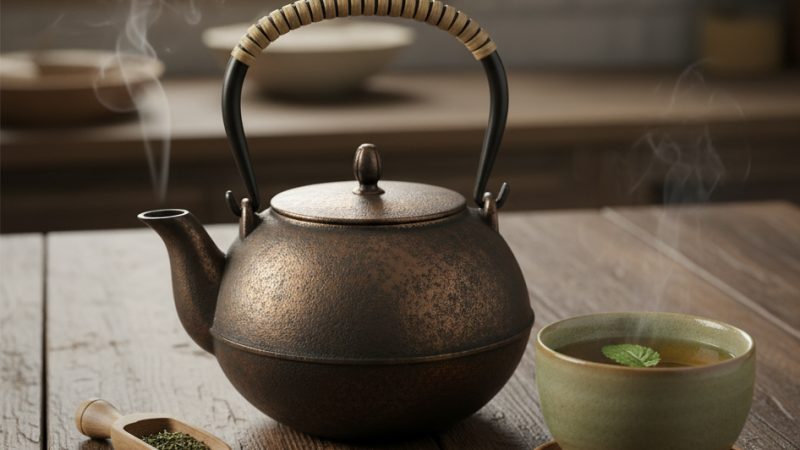

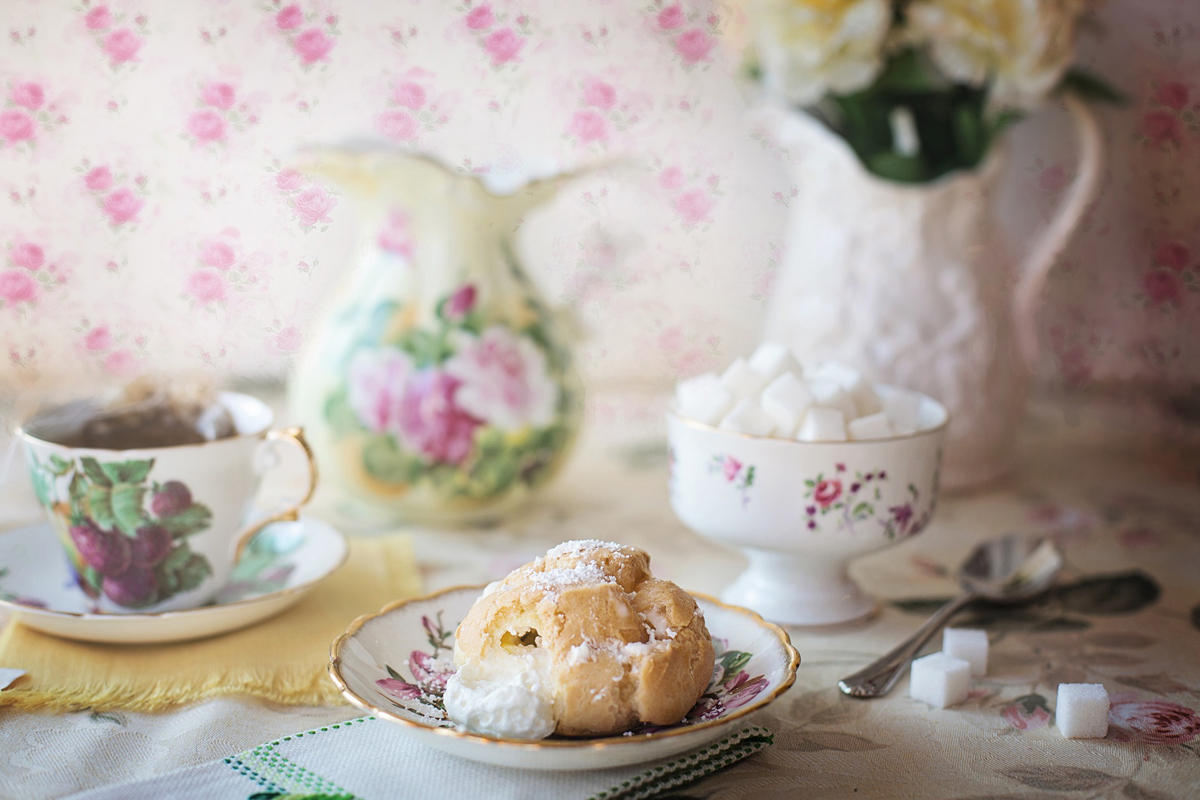
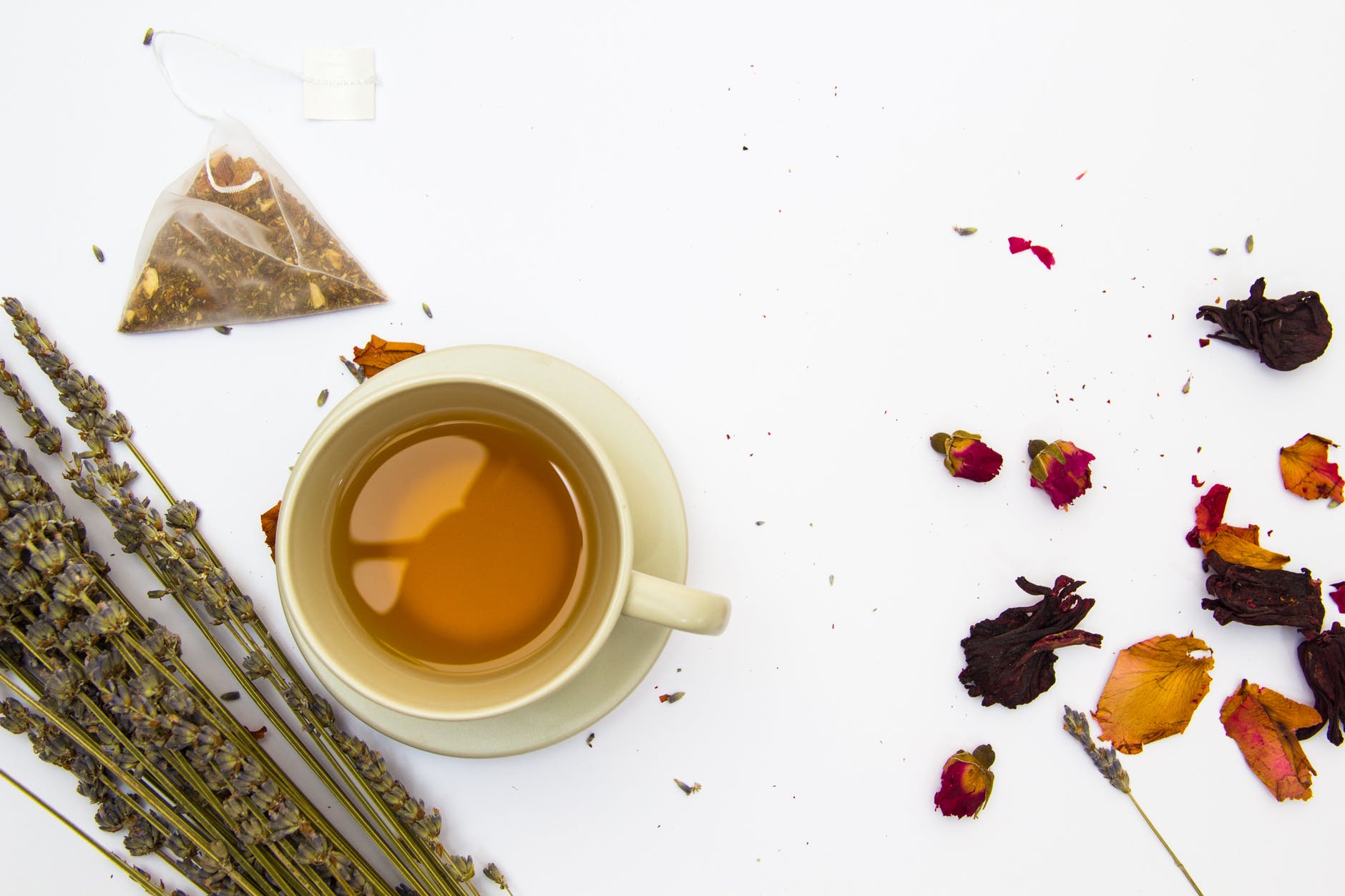
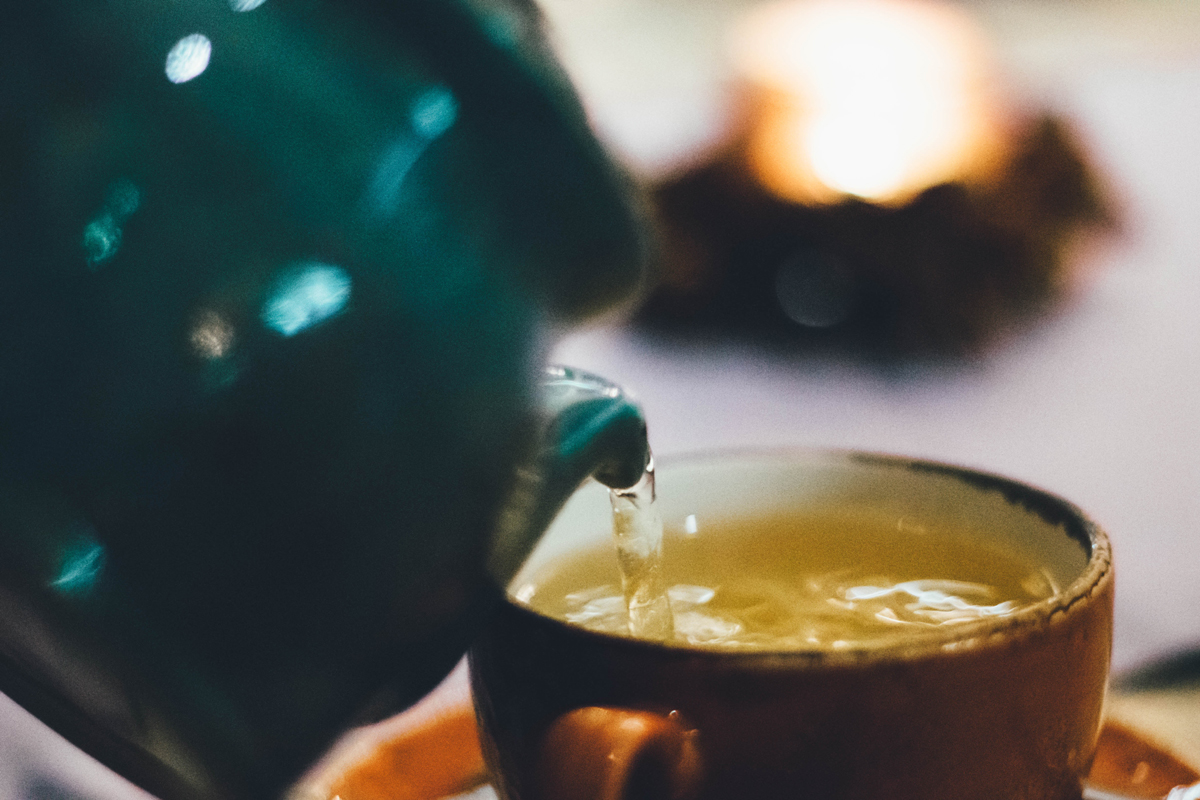
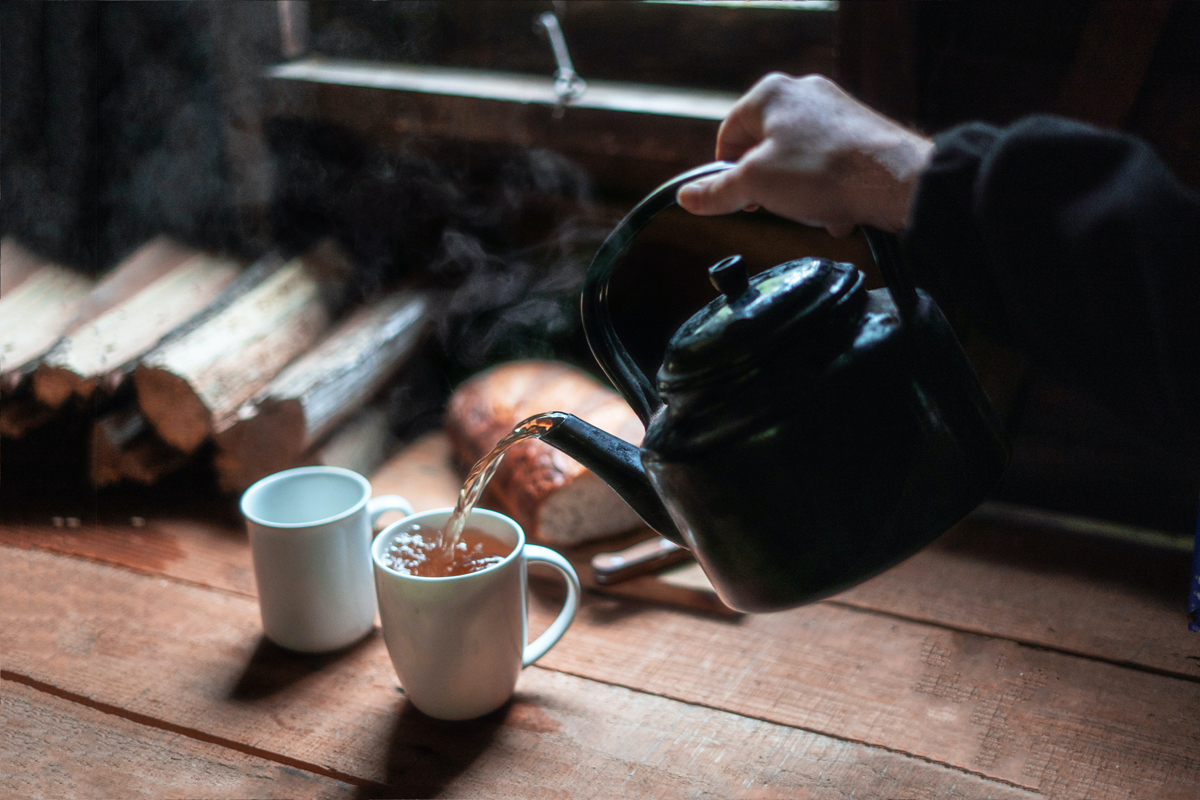
We ate in a sushi place a while back but I can’t get the tea out of my mind. I had mine hot but I saw other people drinking it with ice. It was an intense lime greenish color and not clear at all. You couldn’t see through it. Do you have any idea what kind of tea this was.
This sounds like matcha green tea.
Tea has many types like white tea, yellow tea, black tea, green tea, oolong tea, herbal tea etc. Different type tea has different health benefits.
I love an unsweetened black iced tea with lemon. I take some tea with lemon, adds sugar, squeezes in another lemon wedge, goes back to the sugar…
Because of its caffeine content, green tea improves alertness. So it can be had in the mornings to jumpstart your day. However, do not have it on an empty stomach. Also, taking it closer to your bedtime is not recommended, as it might cause sleeping issues.